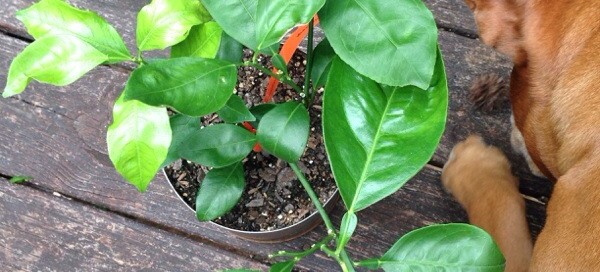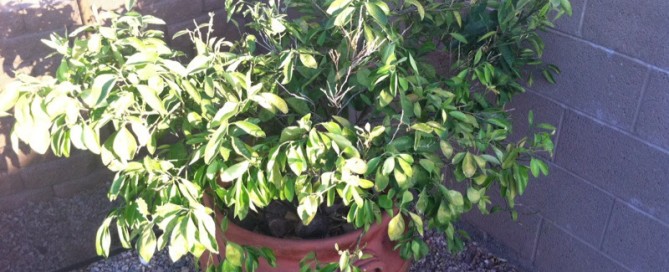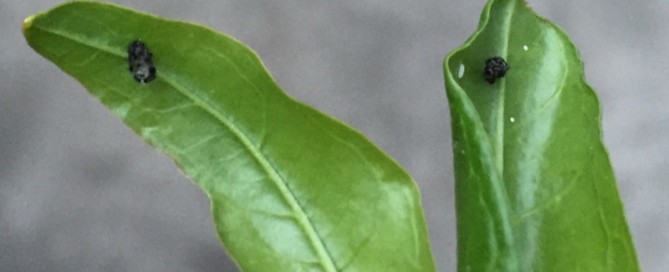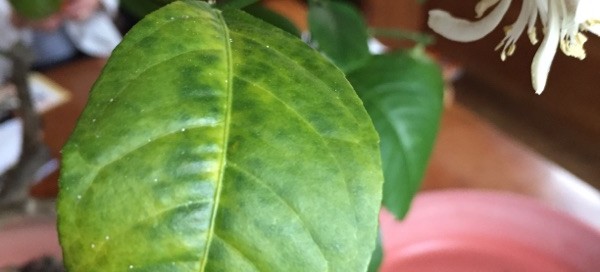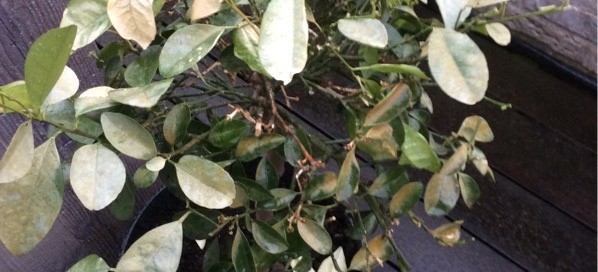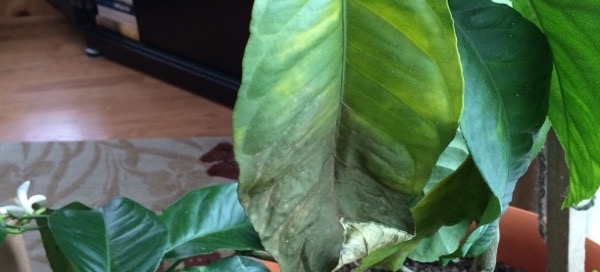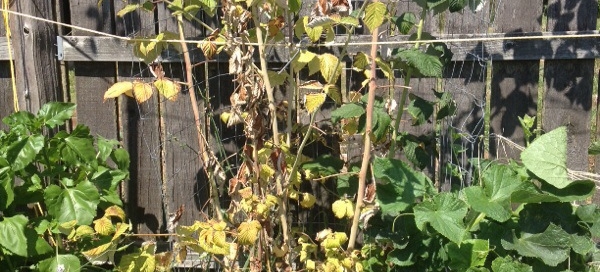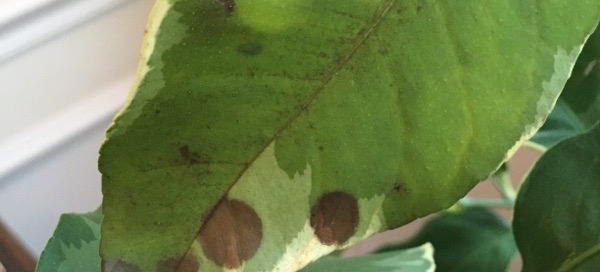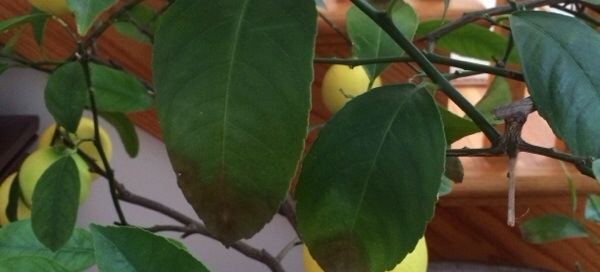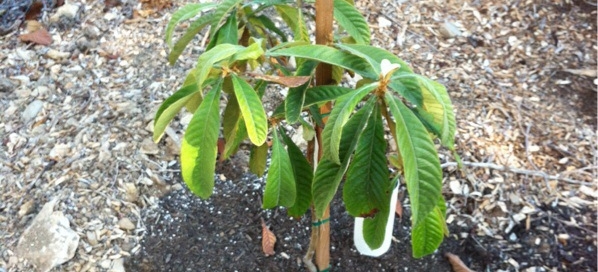Orange Tree
I think there may be a couple of things going on simultaneously with your citrus plant.
First, be sure that it is getting sufficient water. That means that in that container it will probably need to be watered at least once a day. Be sure that the water flows out the bottom of the pot each time it is water so that the soil is entirely saturated.
Second, it is possible that the plant has too much reflected heat or sunlight. While citrus in the ground demand a lot of sun, in containers it can often be advisable to give them relief from afternoon or western sun.
Third, citrus need to be fed on a regular, three times a year, schedule. This means February, May and September in your area. Look for products labeled specifically for citrus and follow package directions for how much to apply.
Finally, it is possible the plant has outgrown the pot and is root bound. To find out, gently remove is from the pot, ideally right after watering, and check the roots. If they are tight wound or forming a circle, or are filling the pot, it is time to repot into a larger container.
